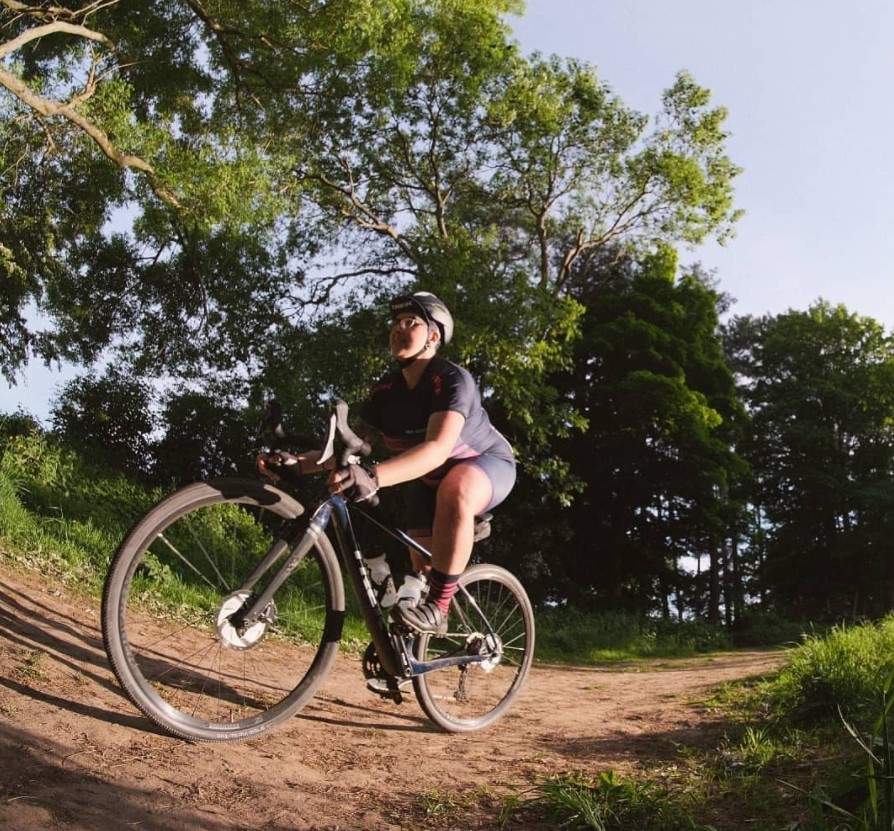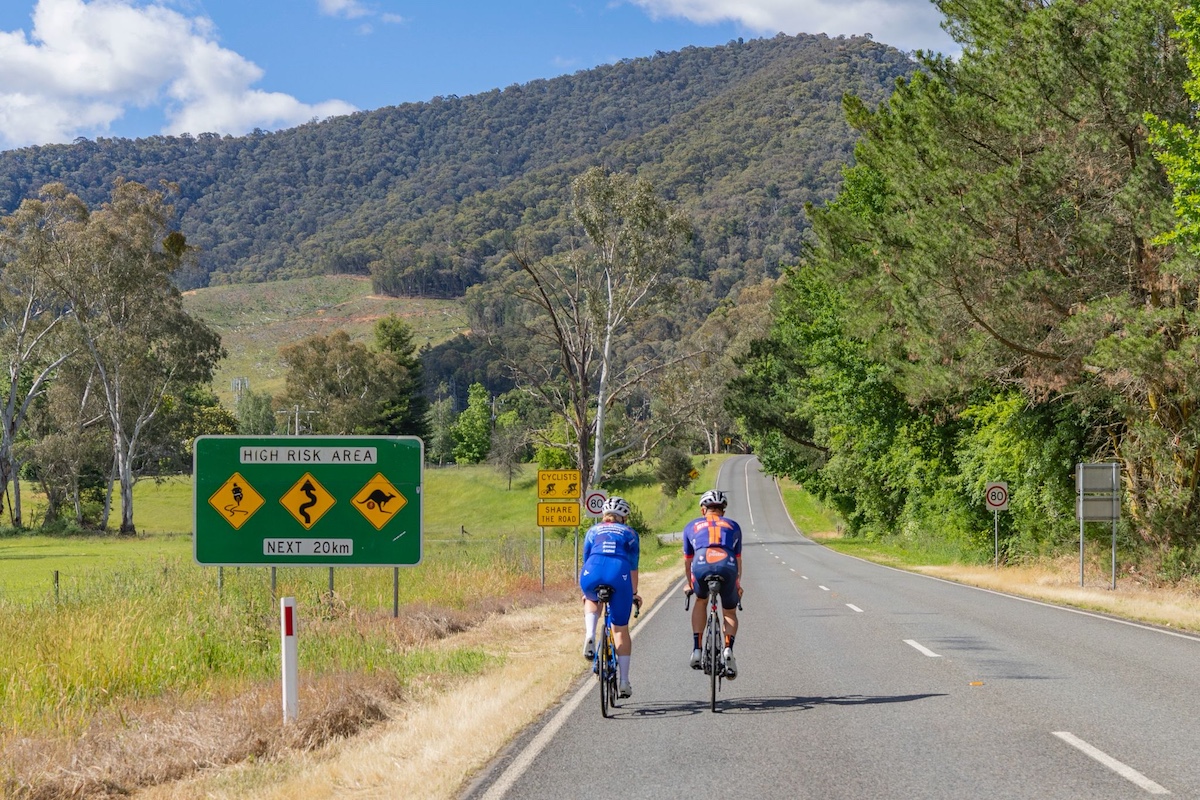Can women ride men’s bikes?
The age-old debate continues, asking whether we need gender-specific bikes anymore
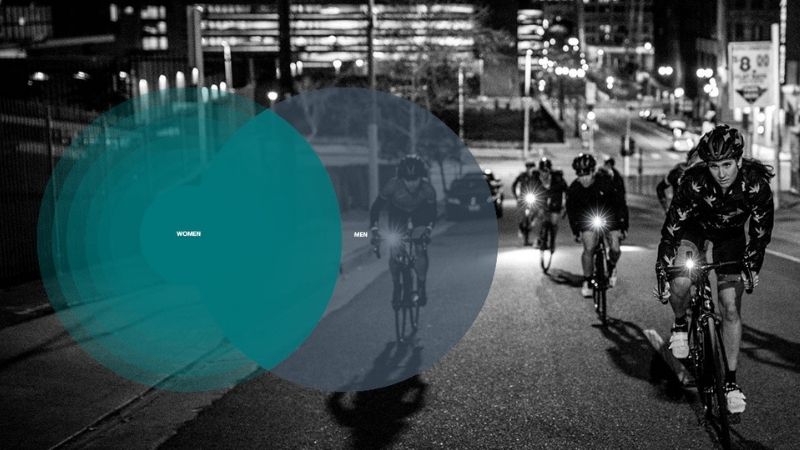
It seems like a debate that just won’t ever be settled, but it’s also a very commonly asked question amongst new cyclists. Do women need women-specific bikes, or are unisex bikes truly unisex? Is there a significant difference between women’s bikes and men’s bikes, and can one ride the other comfortably?
On the one hand, there are brands like Liv Cycling, designing geometry for women’s bodies from the ground up, while on the other there’s Specialized moving ‘beyond gender’ to address more inclusive sizing for all models. So who should we be listening to? Are all approaches valid? What does the future of gender-based bike production look like?
Navigating this debate can be mind-boggling. To help, we’ve explored the roots of the debate, where information is coming from, and what science says about women’s anatomy. We’ve also provided a breakdown of all the main differences between women-specific and unisex bikes, to help you decide for yourself what you need.
How did we get here?
You can trust Cyclingnews
It’s true that once, many years ago, women’s bikes were subject to the horrendous ‘shrink-and-pink’ treatment, and often didn’t have as good a spec as the male equivalent.
Then around 2002, came an era of more and more brands designing and building frames with women-specific geometry, which generally translated to a shorter reach, lower standover height, narrower handlebars, and women-specific contact points. Trek would release a WSD model of the Domane, Canyon would produce a WMN version of the Endurace, while Specialized brought out the Ruby alongside the Roubaix.
This led to women-specific brands like Liv Cycling, producing an array of bikes for all disciplines - road, mountain biking and gravel included - that are designed and engineered by women, for women, with the input of women.
However, as Liv has carved a path through the standards of bike design to create a fully-fledged women’s space, other brands like the aforementioned Trek and Specialized have started phasing out women-specific design in favour of more inclusive sizing across the entire range, regardless of gender.

The case for women-specific design
First things first, you might well ask yourself why there shouldn't be women-specific bikes. After all, women generally tend to wear women-specific clothing and shoes, so why wouldn't they also need their own bike geometry?
Women's bike brand Liv Cycling claims to use female global body dimensions and fit data from more than 15 reputable sources, ranging from research studies to the Global Body Dimension Database, to determine the physiological requirements of female cyclists. This data covers women’s anatomy, sizing variations, muscle energy, and outputs, which Liv translates into body dimensions, muscular activity and strength patterns.
Body dimensions data makes comparisons between men’s and women’s bodies, taking into account stature, crotch height, sitting height, shoulder breadth, hand length and breadth, hip breadth while sitting, foot length and breadth, and more.
According to Liv, their bike designs emphasise a woman’s ‘fierce lower body strength, taking into account her natural muscle-firing pattern’. Research has shown that women activate the front thigh (rectus femoris) muscles more than men do while cycling, Therefore, Liv’s bike geometry design puts riders into a position to maximise on that lower-body power.
For more detail, there’s an extensive explanation of how the Liv 3F design philosophy works.
To sum it up briefly, this body dimensions research has shown that on average, women tend to be shorter than men, have a shorter torso compared to their leg length, and carry less muscle mass.
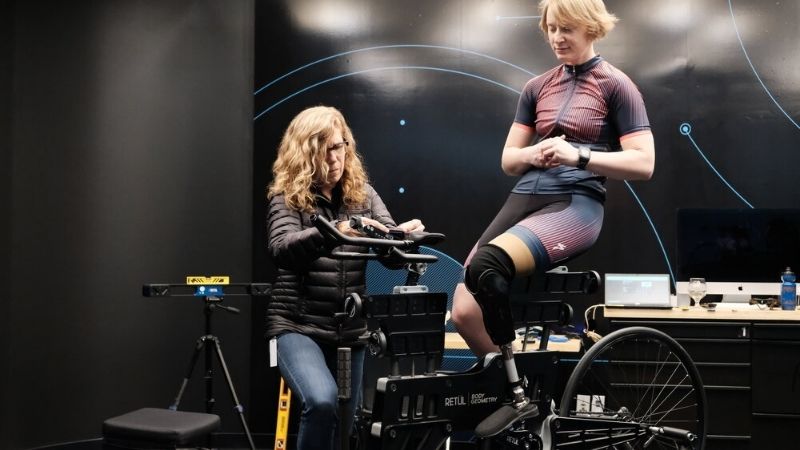
The case against women-specific design
While Liv’s focus is on producing women-specific bikes, there are other brands pushing for less of a gender divide and more inclusive sizing across the entire range instead.
Since acquiring Retül - the most advanced bike fitting system available - Specialized has in its possession what it calls ‘the industry’s most accurate data from riders around the globe’, gathered from over 8,000 Retül fits. This rider data, which comes from its own customers, takes into account limb measurements, the rider’s position on the bike, and the available ranges of motion. According to Specialized, what it shows is that there’s as much variability between two men or two women, as there is between a man and woman.
As a result, the brand has decided to move 'beyond gender' and design bikes for specific experiences and riding types instead.
According to Specialized’s ‘Anthropometric review’ whitepaper, where a lot of this data can be found, one of the biggest variables between male and female cyclists is the width and positioning of the saddle, and therefore this single area of the bike can make the largest difference to the individual’s ride experience, regardless of gender-specific geometry.
The Retül database has shown that women tend to have their saddle positioned lower more rearward than men with the same leg length, which may be the result of differences between their saddle-pelvic interface, as well as the need to lessen the pressure on the genitalia.
Specialized has also analysed sit bone measurements from over 42,000 riders globally and found that on average the majority of women require 155mm width saddles, while men require 143mm widths.
Combining this with data that confirms on average women tend to be shorter than men, Specialized made the decision to stop differentiating between male and female geometry. Instead, its bikes are specced with multiple saddle widths across the size range, with wider saddles on the smaller sizes, making it easier for retailers to swap them if needed, while a dynamic bike fit is recommended to achieve the perfect ride position for the individual’s unique body measurements.
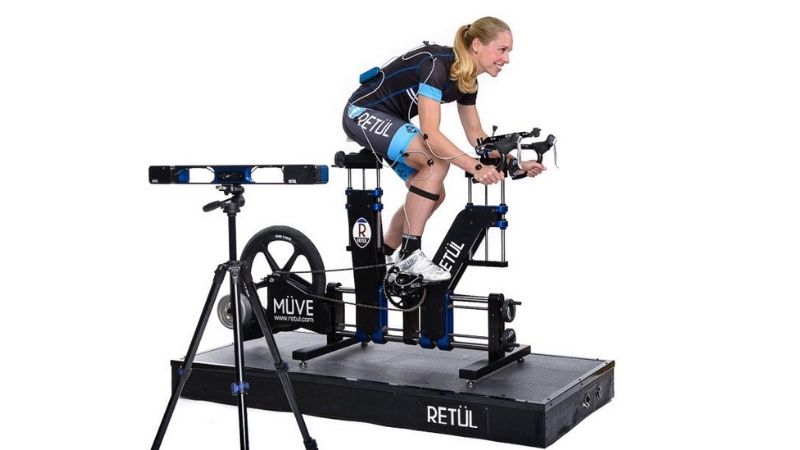
What’s the difference between women-specific and unisex bikes?
Generally, any bikes that are aimed at women will feature women-specific contact points to make them as comfortable as possible. This means a women’s saddle, narrower handlebars, slimmer grips for smaller hands, shorter cranks and shallower drops.
Whether you choose to opt for a women-specific bike or a unisex one, it’s important to understand what you should look for, and which parts can be swapped out and personalised if needed.
Here are all the different aspects of the bike that may vary between women-specific and unisex models, and how they can be tailored to suit your needs.
Geometry and sizing
Women-specific bikes will usually have geometry to cater to average differences in anatomy. For example, a lower standover height and an extended head tube will result in a shorter reach, which is ideal if you have a shorter torso and longer legs. It results in a more upright riding position and reduces the feeling of being overstretched.
Many women’s bikes will have a downward-sloping top tube, or a full-on step-through frame, which these days is more of an aesthetic choice rather than practical, but it does make cycling with limited mobility a bit easier, and also accommodates long and flowy skirts, should you wish to wear them.
Sizing also has a role to play here. Because on average women tend to be smaller than men, you’ll often find women-specific models come in a much smaller range of sizes, which can begin as low as XXS, and only go as far as M in some cases. This can be great for more petite riders, however, taller women may find they can’t actually fit on the largest women-specific model available from some brands.
Saddle
Nothing can ruin a ride more than an uncomfortable saddle that rubs and chafes in all the most delicate places, so it’s crucial to get it right.
Saddles are incredibly personal, and come in an array of different shapes and sizes, though in general, women-specific saddles tend to be shorter and wider to offer the most sit bone support. However, this particular design can be restrictive for performance athletes, so they will tend to opt for a longer and narrower saddle to free up space for their pedalling motion.
Whatever you choose, the most important thing is that the saddle offers good support to your sit bones, and doesn’t add unwanted pressure to the soft tissues of the vulva. In any case, the most important thing you should do is have your sit bones measured so you can choose the correct width for your anatomy. This is a five-minute, embarrassment-free trip to your local bike shop whereby you simply sit (ideally - but not essentially - in your lycra shorts) on a memory foam pad or pressure-sensing plate. The pad/plate will highlight the area of greatest pressure, which will be from your sit bones.
Fortunately, the saddle is one of the easiest components to replace, and many manufacturers offer a love-it-or-leave-it guarantee.
Handlebars
Your handlebars should be around the same width as your shoulders so that you have full control and comfort while manoeuvring the bike. Body dimensions data suggests that women have, on average, narrower shoulders than men, so a women’s bike will usually have a narrower bar than a unisex model.
If you ride a unisex bike and find you often experience sore shoulders after a long ride, it might be time to swap out your bars for something more suitable to your size.
Cranks
The crank arms will vary in length depending upon the size of the bike, with longer crank arms accommodating longer legs, and vice-versa.
One of the challenges of building bikes with small frames is the possibility of ‘toe overlap’, where your toes come into contact with the back of your front tyre while steering. In order to counteract this, some bikes will have a slightly slacker head tube to push the front wheel further out and away from the rider’s feet, but most will incorporate shorter (usually around 165mm) crank arms.
It’s important to have the correct length cranks, as getting it wrong can greatly impact the quality of your ride. If they’re too short, you’ll lose some powerful leverage, whereas if they’re too long, you’ll feel like you’re overworking your knees trying to push and pull them.
Wheels
Some brands, like Canyon, have started speccing different sized wheels across the size range for women-specific bike models. While medium frames and up may usually come equipped with 700c wheels, small and below will more likely have 650b wheels. These are slightly smaller in diameter and help the overall bike to remain in proportion when sizing down.
Brake levers
According to the data, women on average tend to have smaller hands, which can make it difficult to reach and properly operate brake levers for some. Luckily, some brake levers offer a level of reach adjustability, and all you need to do is tighten the adjustment screw within the unit to bring the lever closer to the handlebar, thereby reducing the reach and making it easier for small hands to grip. Failing this, you can also buy short-reach levers, although it's rare to find short-reach levers fitted from the factory.
Verdict
Women-specific geometry may be based on scientific data, but overall it works with averages, and not everyone is of average build. If your body measurements line up with these averages - if you have a torso that’s proportionately shorter than your legs, narrow shoulders, and are average height or below - then a women’s bike with women-specific geometry will most likely serve you wonderfully. Plus, it might be really satisfying to support a women-run brand like Liv, which is vastly outnumbered in this male-dominated industry.
However, if you have a longer torso and are above average in height, you would most likely find the women’s geometry to be cramped, or you may not fit on one of the bikes at all. In this case, you’d most likely fare better on a unisex or men’s bike, with the necessary adjustments made.
What it really boils down to, however, is that if you buy your bike from a bike shop, the advice you’ll get there will see past all the marketing spiel and focus on finding a bike that fits your body proportions. What’s more, generally it will require time for you to adjust the fit to your needs, eventually swapping out components, until it’s how you need it to be. Plus, everyone can benefit greatly from a bike fit.
So to put it simply, women should ride whatever bikes fit them best, and that will be down to personal preference. After all, it's the bike that makes the ride, not the label or the marketing department's whitepaper.
The latest race content, interviews, features, reviews and expert buying guides, direct to your inbox!
Mildred joined as Reviews Writer for Cyclingnews and BikePerfect in December 2020. She loves all forms of cycling from long-distance audax to daily errand-running by bike, and does almost everything on two wheels, including moving house, and started out her cycling career working in a bike shop. For the past five years she's volunteered at The Bristol Bike Project as a mechanic and session coordinator, and now sits on its board of directors.
Since then she's gone on to write for a multitude of cycling publications, including Bikeradar, Cycling Plus, Singletrack, Red Bull, Cycling UK and Total Women's Cycling. She's dedicated to providing more coverage of women's specific cycling tech, elevating under-represented voices in the sport, and making cycling more accessible overall.
Height: 156cm (5'2")
Weight: 75kg
Rides: Stayer Groadinger UG, Triban RC520 Women's Disc, Genesis Flyer, Marin Larkspur, Cotic BFe 26, Clandestine custom bike
